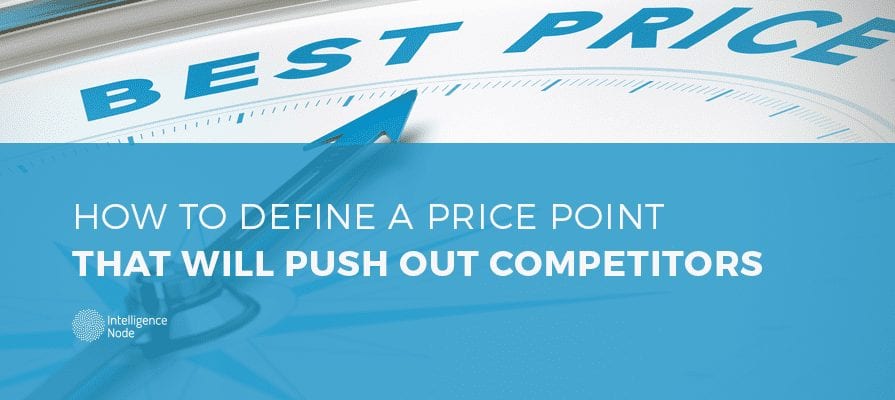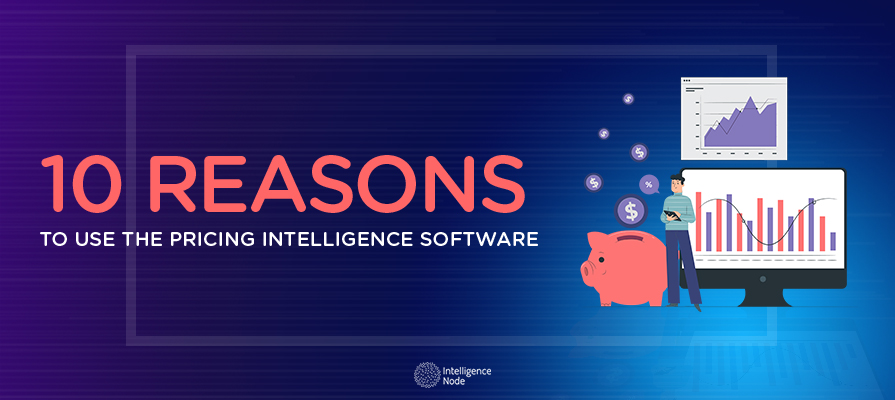What is Price Point?
When launching a business, pricing isn’t necessarily the sole deciding factor in how well your product or service will perform. However, it is certainly a major contributor to your company’s potential for long-term success and not a decision to be taken lightly. More specifically, your price point — that is, the suggested retail price you put in place to win customers — often helps to define your business, what it stands for and the consumers your product attracts.
There’s no exact science to how you should define a price point since it really boils down to the specific circumstances of your business and your industry as a whole. Still, here is a general overview of the kinds of considerations you should be evaluating.
Things to Consider while Finding a Price Point
Calculate Your Goals
Because your product and your business itself are so closely tailored to your specific industry, the first step in establishing a price point is to do a deep dive into your business goals. For example, how much does your price need to be to justify expenses? Trim excess costs and then make any necessary adjustments. Then go ahead and — with knowledge of your established customer base and current or projected sales in mind — develop a minimum price that will allow you to turn a profit.
Contrary to popular belief, a “right price” for your product simply does not exist. Pricing is far more complex than this generalization will allow, and identifying the right one for your business requires you to know all the back-end details involved in acquiring, promoting and selling the product in question. Only then can you accurately target the customers you want and know what price point will be enough to win their business and foster growth in yours.
Assess Your Competition
Of course, if your business really hopes to own a significant part of the market share with your product, you need to keep a close eye on the competition. Before you even think about setting a price point, investigate the businesses out there that threaten to steal attention away from your target audience. That knowledge will assist you — in tandem with the calculations regarding your own profit objectives and business goals — in deciding what market price is appropriate for your product.
To get a distinct advantage over your competition, you may too wish to institute competitive pricing. This approach takes into account what other businesses are charging for similar products and involves raising or lowering your own price point in accordance with theirs. Naturally, you may be inclined to offer lower prices than your competition, but in actuality, that may not always be the best course of action, since lower prices can devalue your product and hurt its industry standing.
A World of Options
As alluded to above, the perceived value of your product greatly depends on price. In fact, the price quality matrix tracks the intertwined relationship between price and quality, serving as a slick starting point for developing your own pricing strategy. Is your product the cheaper economic option or a premium one that will last longer and perform better than others on the market? How consumers see your product starts with your price point.
Aside from the price quality matrix, there are countless other philosophies to guide you in developing a competitive price point. You might try the ever-changing dynamic pricing model or mix it up with variable pricing instead. Your business might even opt to embrace a more psychological approach to winning customers or offer products at a low price to usher consumers into what you have to offer. The possibilities are endless, but only through evaluating your business goals and taking a look at the competition can you begin to nail down what works best for your product.
The Price They Pay
In today’s consumer-savvy world, your price point is one of the most pivotal decisions you will make with regard to your business. Price your product too high, and you’re liable to turn off potential customers. Go too low, and you may paint an unflattering picture of your product’s worth that could be just as damaging.
All the while, your competitors will be winning the business that you should be vying for… and receiving! With a more crowded marketplace out there than ever before, now is not the time to become complacent with your prices. Refresh your perspective and revisit them as soon as possible to ensure that your business is operating at optimum efficiency (and profit).





